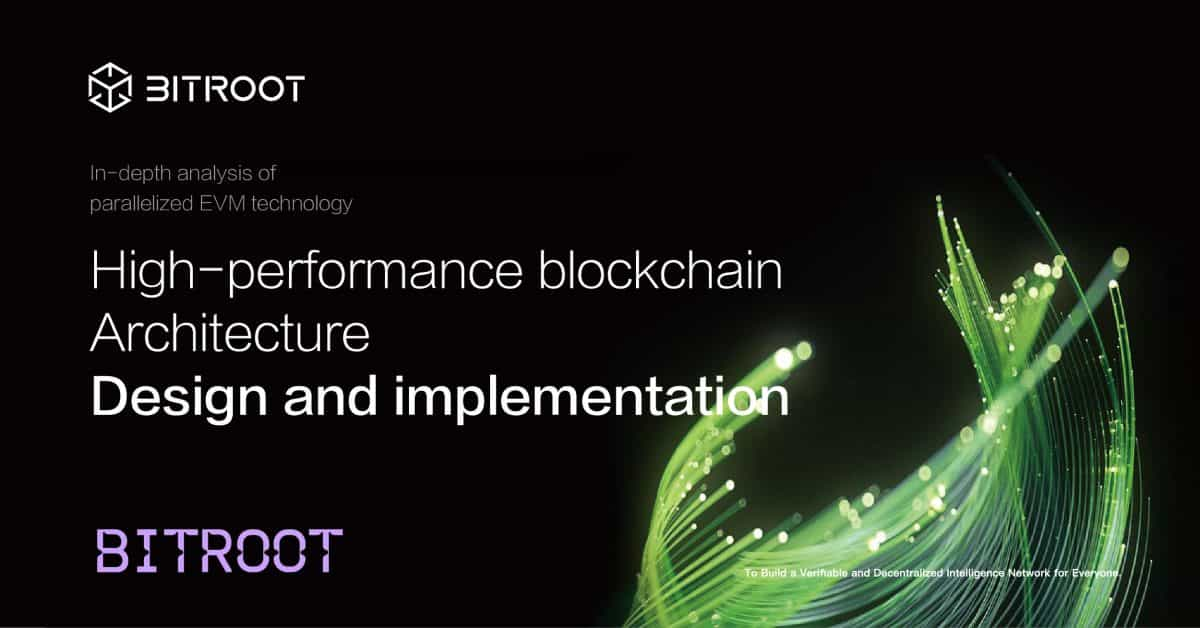Navigating the Fog of Inflation

By Itai Avneri, Deputy CEO & COO The INX Digital Company, inc – When integrated with existing banking systems, CBDCs can move the world forward

These days, inflation is rampant at 8.6%, and it seems like it costs more to print money than it is actually worth. On all fronts, new alternatives are inevitable and necessary lifelines.
While there are multiple options, only meticulous coordination between them allows for synergy and the incorporation of holistic solutions.
The Evolvement of Centralized Finance (CeFi)
In the last few years, 300 million people have switched to storing their money in cryptocurrencies, betting on outsized returns to keep themselves afloat. However, as crypto is weathering a bitter storm, they realize that while this is an innovative and suitable alternative, it is not a complete solution, and there is a need for further refinements. With the stock market in turmoil, interest rates growing worldwide, and inflation rising rapidly, we must identify new paths, reassess and implement new solutions.
Stablecoins are Not So Stable
While some have tried to be more cautious, using blockchain-enabled stablecoins as their “safe” alternative against inflation, it has not been without consequences.
The recent crash of LUNA/Terra is an example that immediately comes to mind. LUNA went from $5 a coin to $116, then dropped to a devastating zero.
As disastrous as it was, it reminded us that any solution must be secure and regulated to the highest of standards. It is important to note that LUNA was an edge case and, therefore should not deter us. It should only lead us to a more accurate alternative. The digitization of money is essential for conducting business in an increasingly global and digital world. It has been predicted that by as early as 2025 more than half of the world will be banking exclusively with digital wallets, making paper money and coins a thing of the past.
Crypto essentially allows us to reduce the hurdles that come with the use of intermediaries to a minimum and leads us toward decentralization. This transition seems to come with a price. The fragmented form of crypto still results in high fees; the frequent price changes arouse uncertainty and doubt, while security and safety issues are not always fully understood and therefore prevent many from embracing this path. The domino effect in the market after the TERRA/LUNA crash indicated the exact opposite of decentralization, as there is a high correlation between the instability of cryptocurrencies and traditional currencies.
Regulation is, unavoidably, the answer to these rising crypto risks and should be a fundamental principle not only for the providers but also for the end-users. Just like in the traditional economy, legislation is needed to qualify each financial instrument. CB and regulators must mitigate the financial stability risk to financial institutions as a result of their exposure to crypto.
Building a New Foundation for Finance
Cutting through the current fog is possible. The path to avoiding the pitfalls of inflation has already been paved; the way forward is the inevitable transition between traditional and digital economies: we need to work with banks and regulators to create Central Bank Digital Currencies (CBDCs).
In January, the Federal Reserve proposed CBDCs as a new alternative that can benefit the US economy. “A CBDC could potentially serve as a new foundation for the payment system and a bridge between different payment services, both legacy and new. It could also maintain the centrality of safe and trusted central bank money in a rapidly digitizing economy.”
It's time to adjust the classic monetary systems to the new world and the new realities. There are critical, essential standards that must be maintained. Any monetary system must be based on safety, stability, accountability, efficiency, and privacy.
Simply explained, a CBDC is CeFi/ TradFi (traditional finance) and Defi (decentralized finance) technology, such as blockchain, coming together to create a regulated form of digital currency backed by the government. Governments and central banks around the globe have started to realize that the move to digital currency is inevitable. The only question is how? Central banks should adopt and support the settlement of digital securities platforms. Settlement of tokenized fiat and foreign exchange transactions that is essential for building a solution as well as cross-border transfers reduces several cost components of correspondent banking and leads to technical feasibility that is critical for an innovative CBDC ecosystem.
Building Upon Legacies to Create New Opportunities
CBDCs are intended to be built on the legacy foundations of the financial industry but, at the same time, modernized through smart contracts and increased accessibility. Each country can define their own digital currency uses and have the relevant legal framework to support these decisions.
The CBDC and banks will inevitably work together to offer other financial instruments such as loans and savings in a form of smart contract. Central banks must embrace sound innovation in the digital era to maintain the safety, integrity, and stability of money and payments.
CBDCs will be a major player in how the world earns, spends, and sends money in the coming years as a reliance on digital payments will be an essential element in the future of finance and the new digital economy. The future is already here. It's time to learn, explore and embrace it.
This post is commissioned by INX and does not serve as a testimonial or endorsement by The Block. This post is for informational purposes only and should not be relied upon as a basis for investment, tax, legal or other advice. You should conduct your own research and consult independent counsel and advisors on the matters discussed within this post. Past performance of any asset is not indicative of future results.
© 2025 The Block. All Rights Reserved. This article is provided for informational purposes only. It is not offered or intended to be used as legal, tax, investment, financial, or other advice.




